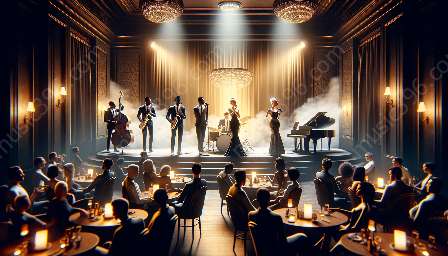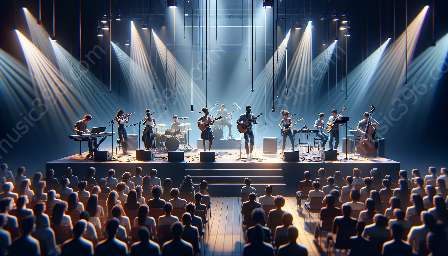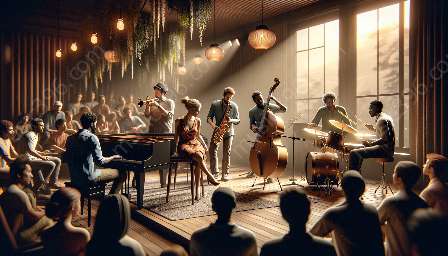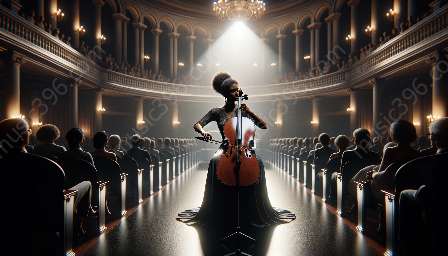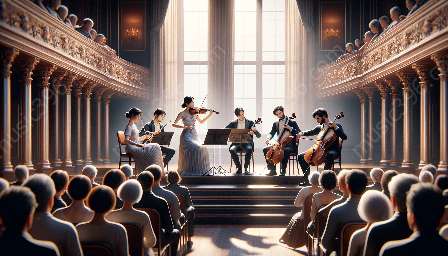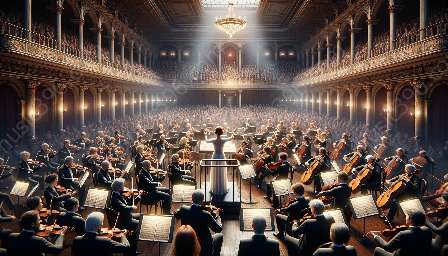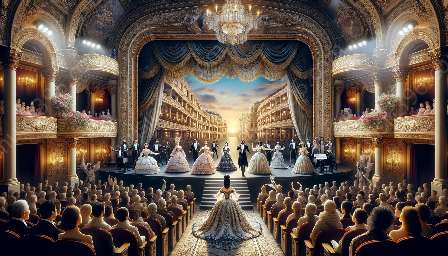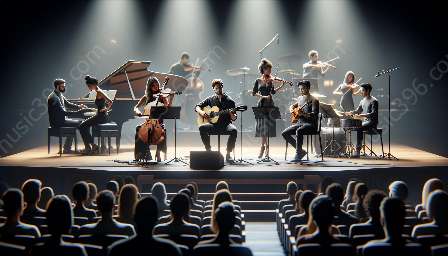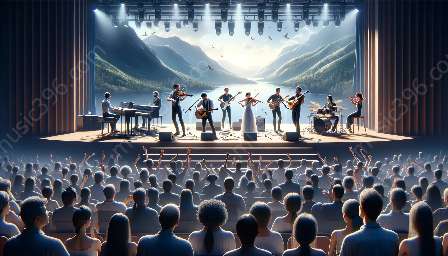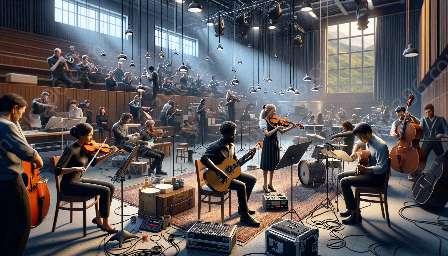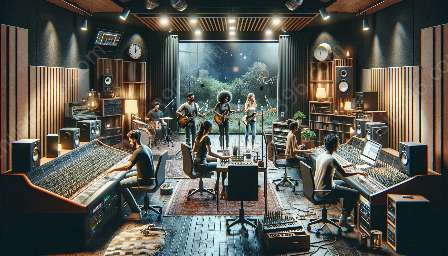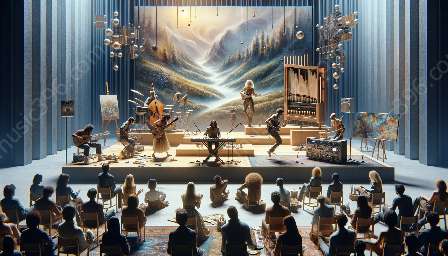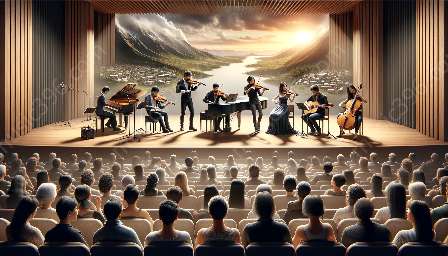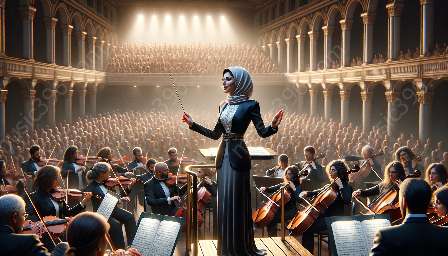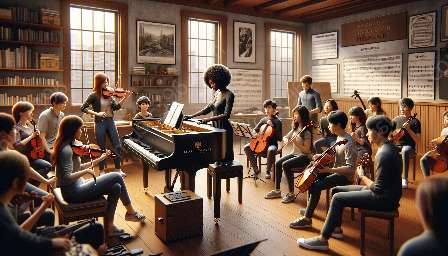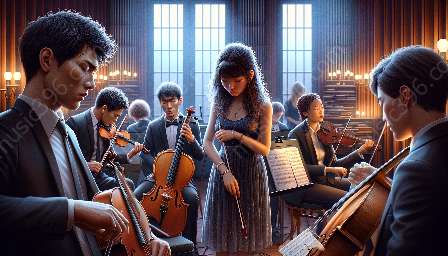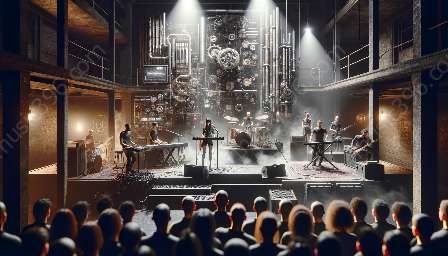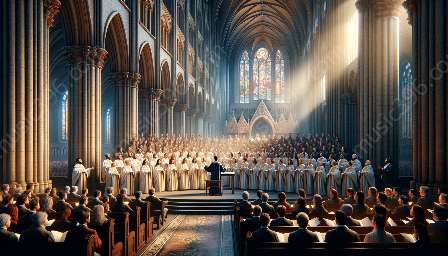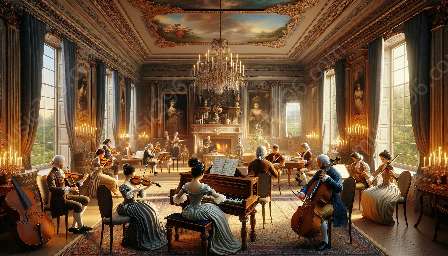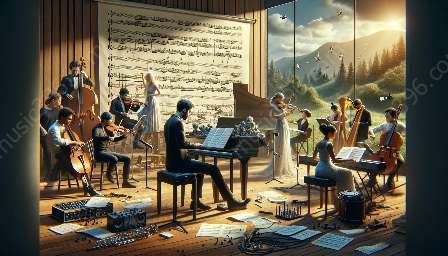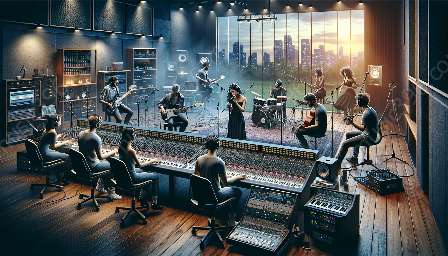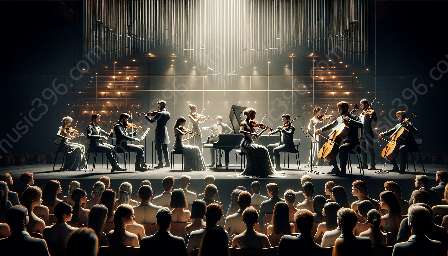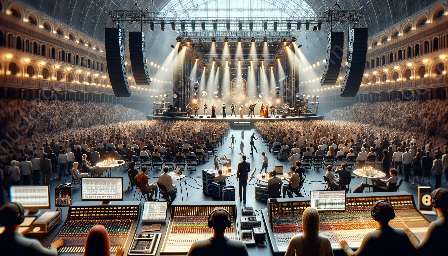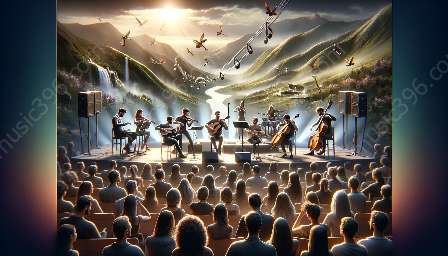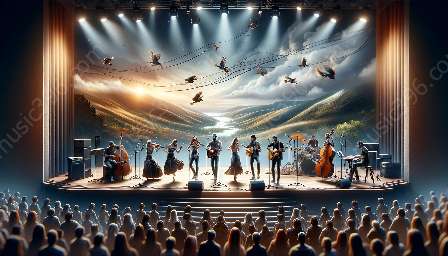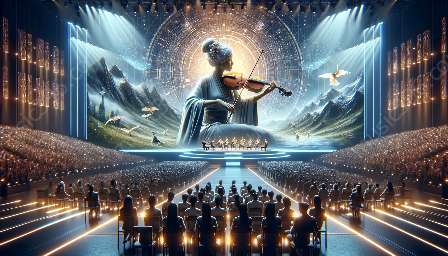Orchestral performance is a fascinating art form that has evolved significantly across different historical periods, shaping and enriching the tradition of music performance. This article delves into the variations in orchestral performance practices, spanning from the Baroque and Classical eras to the modern-day orchestral performances.
Baroque Era: The Birth of Orchestral Performance
The Baroque era marked the birth of orchestral performance practices as we know them today. In this period, orchestras were smaller in size, often consisting of strings, harpsichord, and occasionally woodwinds and brass instruments. Orchestral performances were characterized by the use of terraced dynamics, where the volume shifted abruptly between sections, and a strong emphasis on contrapuntal textures. Composers such as Johann Sebastian Bach and Antonio Vivaldi made significant contributions to the orchestral repertoire, which laid the foundation for future generations of orchestral musicians.
Classical Era: Emphasis on Symmetry and Clarity
The Classical era brought about substantial changes in orchestral performance practices. Orchestras expanded in size, incorporating a wider range of instruments, including the introduction of the clarinet into the woodwind section. Composers like Wolfgang Amadeus Mozart and Ludwig van Beethoven revolutionized orchestral music, imparting a greater emphasis on formal structures, balance, and clarity. Orchestral performances during this period were marked by the development of the symphony and the emergence of the conductor as a crucial figure in shaping the interpretation of musical works.
Romantic Era: A Shift Towards Emotional Expression
During the Romantic era, orchestral performance practices underwent a profound transformation. Orchestras continued to grow in size, with an expanded brass and percussion section, enabling composers to explore a wider range of tonal colors and dynamics. This period witnessed an increased focus on programmatic music, allowing composers such as Pyotr Ilyich Tchaikovsky and Richard Strauss to convey potent emotional narratives through their orchestral works. Orchestral performances became grander and more emotionally charged, reflecting the profound shifts in artistic expression and societal values of the time.
20th Century and Beyond: Innovation and Experimentation
The 20th century ushered in an era of unparalleled innovation and experimentation in orchestral performance practices. Orchestras expanded to accommodate avant-garde compositions, electronic instruments, and unconventional playing techniques. Composers like Igor Stravinsky and Aaron Copland challenged traditional orchestral conventions, introducing new harmonies, rhythms, and timbres. Orchestral performances became increasingly diverse, embracing a wide spectrum of genres, from classical modernism to contemporary music, and collaborating with artists from other disciplines, including dance and multimedia.
Conclusion: The Dynamic Spectrum of Orchestral Performance
The evolution of orchestral performance practices across different historical periods has yielded a rich and dynamic spectrum of artistic expression. From the intimate ensembles of the Baroque era to the expansive and boundary-defying orchestras of the 20th century and beyond, orchestral music performance continues to captivate and inspire audiences worldwide. By understanding the variances in orchestral performance practices throughout history, we gain a deeper appreciation for the enduring legacy of orchestral music and the boundless potential for future innovations.

